
Who John Muir?
John Muir
Twinkl has an amazing selection of engaging learning materials. Subscribe and download today to get involved!

Who is John Muir?
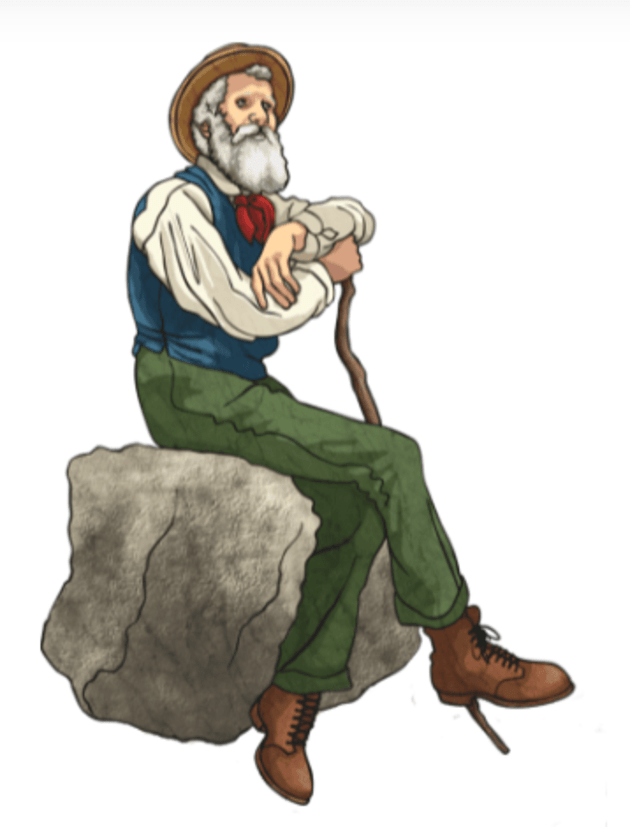
John Muir was at the forefront of conservation, and his whole life’s work shows appreciation towards nature. His story is a valuable one for children to encounter, as it shows how one person can have such a lasting positive effect on the world. If it wasn’t for John Muir, there is a chance that so many national parks that we still enjoy today, wouldn’t exist.
Because of his efforts, Muir has affectionately been called “John of the Mountains” and “The Father of National Parks”. Millions of people have enjoyed reading his books, as they are highly evocative of the beauty in natural spaces. His works include, “Our National Parks”, “My First Summer in the Sierra”, and “The Story of My Boyhood and Youth”. These books discuss his early life in Scotland and his later adventures in the Sierra Nevada in the United States.
As a result, learning who John Muir is could help to kindle a connection to nature and a desire to ensure these spaces are maintained.
Five facts about John Muir
- He was born in Dunbar in 1838, and died in California in 1914.
- His nicknames are, “John of the Mountains” and, “The Father of America's National Parks”.
- He was married to Louisa Strentzel from 1880 to 1905.
- Many people visited Muir and were inspired by him, including Ryozo Azuma, who is known as the “Japanese John Muir”.
- Locations throughout the United States and Scotland are dedicated to his memory.
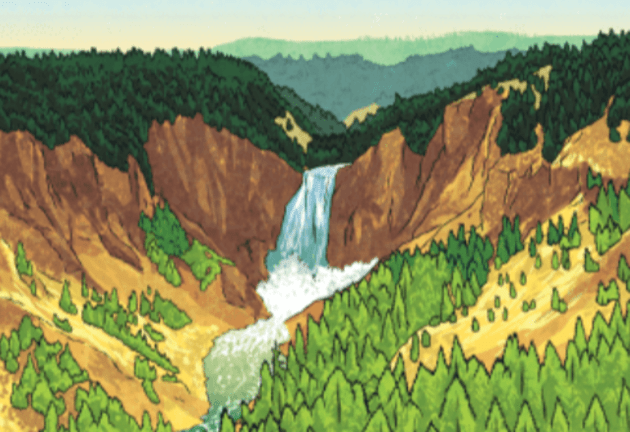
What are some quotes by John Muir?
- “The mountains are calling, and I must go.”
- “In every walk with nature, one receives far more than he seeks.”
- “The clearest way into the Universe is through a forest wilderness.”
- “And into the forest I go to lose my mind and find my soul.”
- “Between every two pines is a doorway to a new world.”
What was John Muir’s early life like?
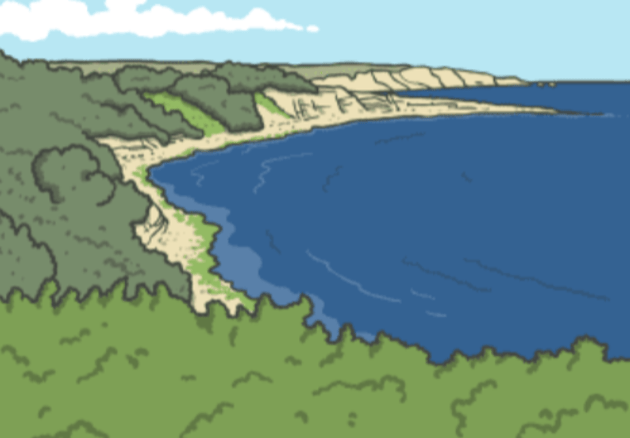
John Muir was born in Dunbar in 1838. Dunbar is a town in the East Coast of Scotland, and there is a proud statue dedicated to Muir in the high street. As a child, Muir tended to be quite a wild spirit, and was frequently punished by his religious father. In Muir’s writings, he remembered getting into fights by re-enacting Scottish Wars of Independence battles with fellow Dunbar children.
During the first years of his life, he was greatly fascinated by the landscape and coastline around Dunbar. And it was clear his passions for wild spaces started from an early age. Nowadays, you can experience some of the locations he was known to enjoy by walking parts of the John Muir Way. This walk was opened in 2014, and it stretches from Helensburgh on the west coast, where his family left for America, all the way to Dunbar. It may feel a bit overly ambitious to the 130-mile distance, however, it is certainly possible to enjoy some sections around Dunbar to get a sense of his early life.
John Muir relocating to America
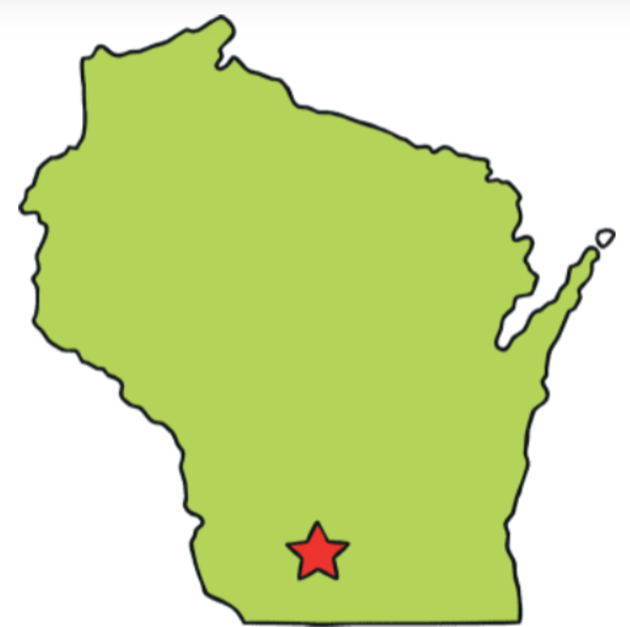
In 1849, when John Muir was 11, his family immigrated to America. It is believed that his father found the Church of Scotland to lack the strictness he desired. Due to this, he took his family to America, where religion was seen to be much more conservative. The family settled in Wisconsin, which is in the upper Midwest from the United States.
During his early adulthood, he worked as an unpaid farm labourer for his father. It was hard work, but it helped to further deepen his love for nature. At this point, he didn’t receive any formal education, and he had to teach himself.
Later, he studied at the University of Wisconsin–Madison, and had to pay for his own education. At this point, he began to learn some format training in Geology. In 1867, Muir was seriously injured in a factory accident, where he lost his sight and was in serious pain. After weeks of recovery, Muir made the decision to leave factory work behind, to dedicate himself to nature.
John Muir’s move to California
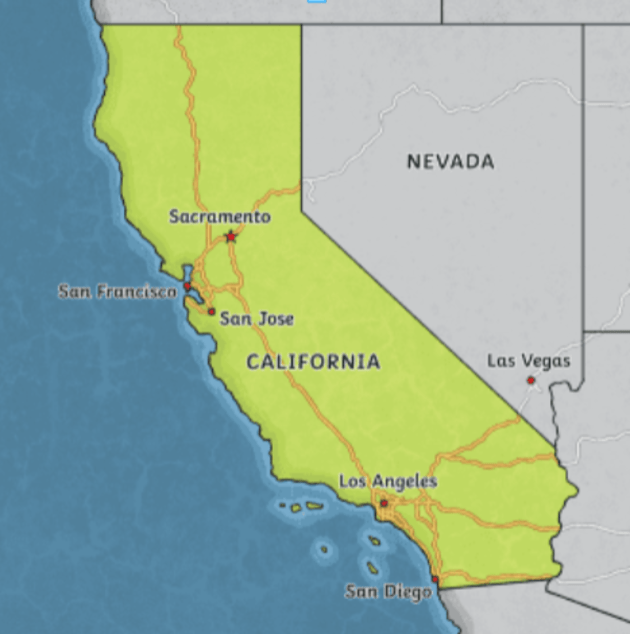
At the age of 30, Muir moved to California, which became one of the most important locations in his life. To get there, he sailed from the East coast of America, visited Cuba, and travelled through the Isthmus of Panama to eventually arrive. Since reading about the Yosemite valley from an early age, he was excited to witness it. He walked the whole way from San Francisco to Yosemite and was amazed by its beauty. He built a small cabin by Yosemite Creek and had it next to a stream, so he could always enjoy the sound of running water. Muir lived in this cabin for two years, and his love for the area only grew over time.
Establishing the Yosemite National Park and the Sierra Club
As Muir was living in Yosemite, he was able to experience first-hand the effects of livestock, such as sheep and cows, on the area. Through farming, these animals were able to greatly alter the landscape by grazing. This led to the deterioration of grass and plants. Because of this, Muir was inspired to write about the destruction of the Yosemite area and the need for reform. Eventually, in 1890, the United States Congress passed a bill that turned the area into a national park, that was to be free from farming. The effect of this has meant that the purity of that area has been preserved, and it is broadly similar to the way it has existed for thousands of years.
The success of this helped to inspire John Muir to co-create the Sierra Club in 1892. This is a lobbying organisation that advocates for the protection of natural spaces in America, and it still exists to this day. One of the main reasons Muir helped to found the club was to lobby for the Yosemite and Sierra areas to be controlled by the US Federal government, instead of California. This would help to ensure the area will continue to be free from farming and industrialisation.
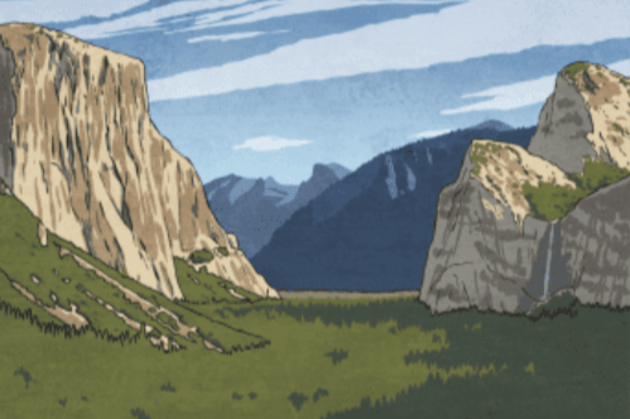
Due to these efforts, then-President Theodore Roosevelt visited the Yosemite National Park with Muir and lent his support to his protection of the area. To this day, the Sierra Club exists in all 50 US states, as well as Canada. It promotes environmentally friendly ideas, to help preserve nature for future generations. The Sierra Club helped to establish more National Parks after Muir’s death, and this can be very much seen as a part of his lasting legacy. Currently, there are over 2.4 million members of the Sierra Club, and it continues to have an influence.
One of John Muir’s last battles was opposing the building of the Hetch Hetchy Dam. Due to the rapid expansion of San Francisco, there was mounting pressure for there to be a dam in the area to provide more water to the residents. Muir passionately fought to protect the area, which he believed was as beautiful as the Yosemite Valley. However, the dam was constructed, and the area was flooded. The result of this greatly upset Muir, who explained that he felt a great sense of loss over it. It could even be viewed that it broke Muir’s heart.
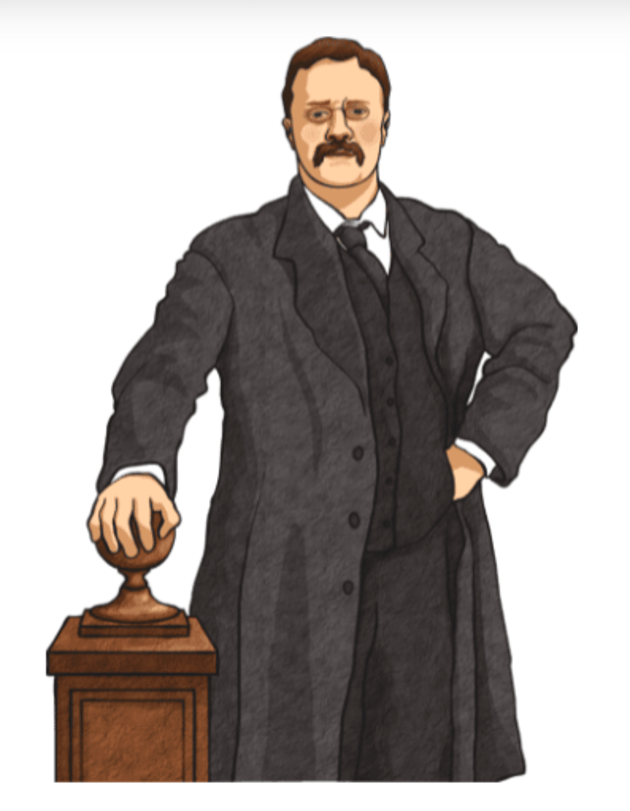
The later life of John Muir
As he got older, Muir focused on publishing memoirs about his experiences with nature. Ever since these have been treasured by lovers of nature and open spaces. In his lifetime, Muir wrote over 300 articles and 12 books. These writings not only helped to shape individual ideas about nature, but they also were influential to the US government to create more national parks. One of the last books he wrote was, “The Story of My Boyhood and Youth”, which greatly focused on his early life in Scotland.
On Christmas Eve in 1914, John Muir died of pneumonia at the age of 76. His grave is found in his much-beloved state of California, next to his wife.
What resources are there to learn about John Muir and conservation?
We have a huge selection of excellent resources to get you and your class acquainted with John Muir. They're perfect for learning who John Muir was, and will hopefully inspire children to follow in his footsteps of conservation. Simply download to get started!
What better way to begin your learning than by using our John Muir CfE Second Level and IDL Resource Pack? This is full of fun activities that are sure to excite and engage your children in their learning.
To help your class remember some of his iconic quotes, you can use our John Muir Quotes Mindfulness Colouring Pages. These are a marvelous way to quieten your class and occupy them during rainy days.
Our Scottish Significant Individuals John Muir PowerPoint talks you through who John Muir was with some comprehensive facts and wonderful hand-drawn images.
To inspire your class to think about their own environmental impact, you can use our CfE Second Level John Muir 21st April Blether Stations. Not only is this activity lots of fun, but ti's also a great way to develop learners' communication and listening skills.
 Home
Home  Membership
Membership  TwinklCares
TwinklCares  Updated Help for 2022
Updated Help for 2022  Catch-up Resources
Catch-up Resources  Home Learning Hub
Home Learning Hub  Create
Create  Blog
Blog 




















